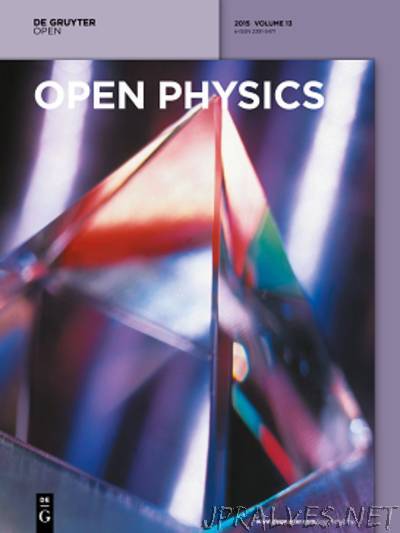
“With the first ever documented observation of the self-healing phenomena of graphene, researchers from Hyderabad, India, hint at future applications for its use in artificial skin. Graphene, which is, in simple terms, a sheet of pure carbon atoms and currently the world’s strongest material, is one million times thinner than paper; so thin that it is actually considered two dimensional. Notwithstanding its hefty price, graphene has quickly become a comer among the most promising nanomaterials due to its unique properties and versatile prospective applications. The paper by published in Open Physics refers to an extraordinary yet previously undocumented self-healing property of graphene’s, which could lead to the development of flexible sensors that mimic the self-healing properties of human skin. The largest organ in the human body, skin has been known for its fascinating self-healing properties – but until now, emulating this phenomenon proved too much of a challenge as manmade materials lack this ability. Due to unprecedented stretching or bending and incidental scratches, artificial skin used in robots is extremely susceptible to ruptures and fissures. The study offers a novel solution where a sub-nano sensor uses graphene to sense a crack as soon as it starts nucleation, and surprisingly, even after the crack has spread a certain distance. This technology could quickly become viable for use in the next generation of electronics.”
Link to article
